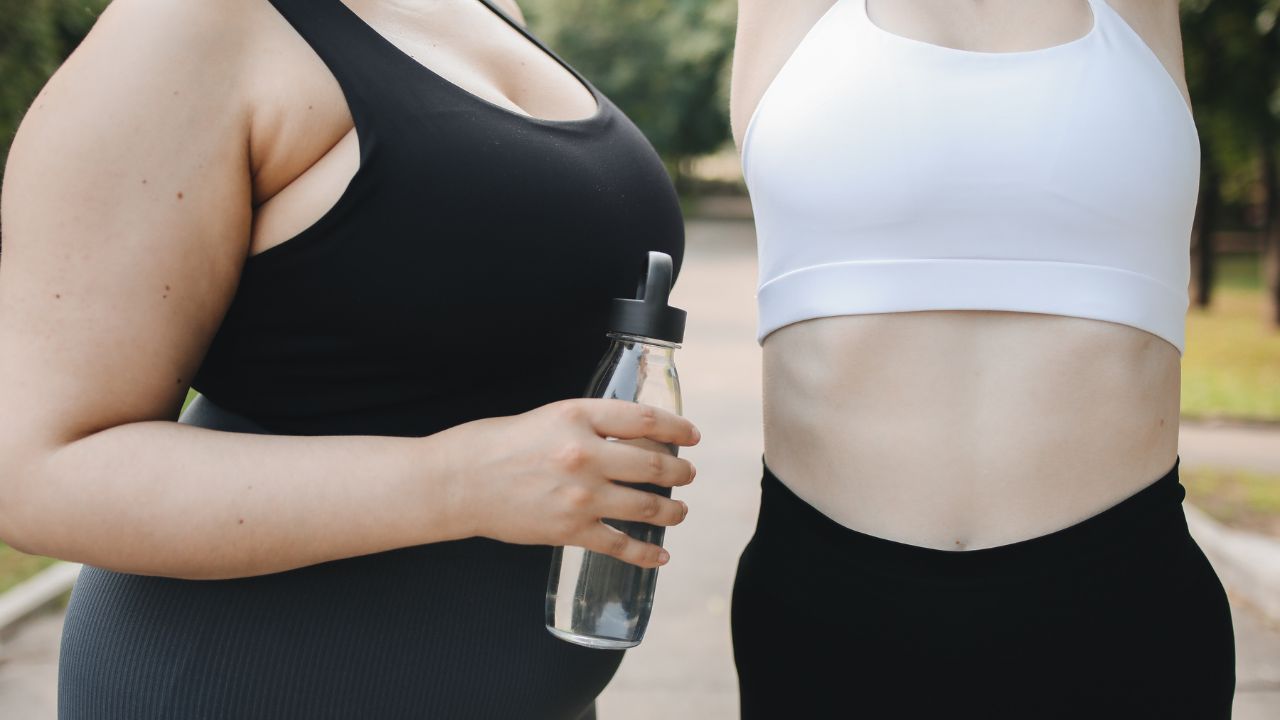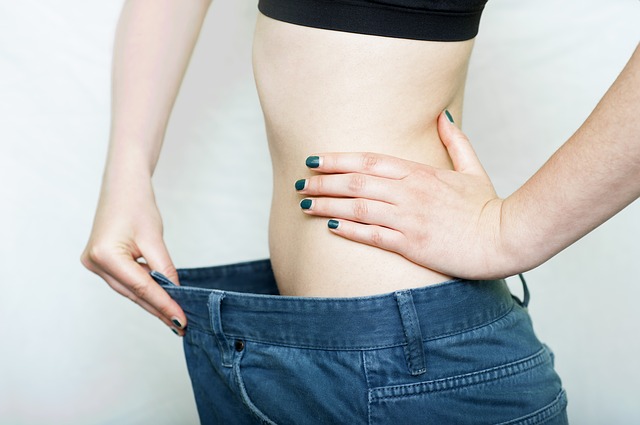
You will burn more calories when exercising than usual. EPOC stands for Exercise Post-Exercise Change. It can last anywhere from two to ten hours. While the amount of calories burnt depends on the type of exercise, an intense workout can produce the same effect as a moderately intense one. An intense, two-hour run can burn 40-60 calories. However, a moderately slow jog may not deplete your muscles.
HIIT can increase calorie burning for up to 24 hours
The effects of HIIT are well known, as they stimulate your body's fat-burning mechanisms. HIIT training can boost your metabolism and burn calories for as long as 24 hours after a workout. Colorado State University researchers examined the effects of HIIT on calorie burning using a metabolic chamber that measures carbon dioxide and oxygen intake. Their results showed that HIIT increased post-workout calorie burn by as much as 24 percent.
HIIT exercise includes sprinting, running or cycling as well jumping rope. Some workouts combine plyometrics with jumping rope to increase heart rate. Even if you don't have any equipment, HIIT is still very effective. You should push your heart to its maximum, not the maximum speed. Your heart will be at its maximum for long periods of time when you push it to the limit.

Weightlifting increases calorie burn for up to 3 hours
Many people choose weightlifting to be their everyday workout. This type of exercise boosts your metabolism which allows you to burn more calories while working out. You need to lift heavier weights, and you should push yourself to gain muscle mass. This will make weightlifting more productive. Two hormones are released when you lift heavy weights: cortisol (the stress hormone) and human growth hormone (the hormone). These hormones can help you burn more calories after your workout and even while you are resting, which will allow you to lose weight.
A 30-minute weight-training session that involves weights can help increase calorie burning by up to 180 calories in a female with an average build. These numbers are based off the Harvard medical schools' recommended exercises. Your body weight, your intensity of training, and the movements you use will all affect the actual calories burned. Bicep curls will burn fewer calories than compound movements, such as bench presses and deadlifts.
Exercise causes excess post-exercise oxygen consumption (EPOC)
Your body's excess post-exercise oxygen intake is when your body needs additional energy after a hard workout. This process can last up to three to seven hours. It varies depending on the intensity of your workout and your level of fitness. Afterburn, also known post-exercise as oxygen consumption excess, refers specifically to burning fuel after a workout to return your body to its resting state.
After working out, the afterburn is a natural phenomenon. It's the body's way to replenish its energy reserves. The afterburn effect can last from 15 minutes to 24 hours. Excess post-exercise oxygen consumption is the result of increased caloric expenditure. The exercise intensity and duration are key factors in excess postexercise oxygen consumption.

Resistance training increases calories burned during and after a workout
2013 study looked at changes in the molecular structures of fat cells following resistance-training workouts. For years, researchers focused on the health of muscle cells, but recently their interest has turned to fat. Researchers believe that the two types may engage in a conversation after a workout. It is not clear which exercise will burn more calories.
The amount of calories burned during a resistance-training workout is directly proportional to the intensity of the exercise. It is generally true that a more intense resistance training workout will result in greater calories burned during and afterwards. This is because resistance training exercises can challenge both the muscles as well as the anaerobic systems. For example, a man performing two sets of supersets of weight-lifting exercises simultaneously may burn eight to nine calories per minute. In addition, a male who performed two supersets of five-rep exercises, alternating between 60-180 seconds of cardio, burns more than six calories per minute. Circuit training is another option, which alternates resistance training with cardio. Similar results: Resistance-training increases caloric spending before, during, & after a workout.
FAQ
Does intermittent fasting affect my sleep?
Yes, intermittent fasting does affect your sleep. Your hunger hormones rise when you skip meals. You might wake up every night as a result.
Experts advise skipping breakfast. Instead, experts suggest eating a light snack just before bed.
If you're still hungry after this snack you can have a small meal right before going to sleep.
Overeating is not a good idea. If you do, you will gain weight rather than losing it.
Is there any side effect to intermittent fasting?
There are no known negative side effects of intermittent fasting. However, if you don't plan properly, you might experience some minor issues.
For instance, if breakfast is skipped, you might feel uneasy all day. Other symptoms include headaches, dizziness and fatigue as well as muscle cramps.
These symptoms typically disappear in a matter of days.
What should I eat during intermittent fasting to lose weight?
The best way to lose weight is to cut out carbs. That means cutting out bread, pasta, rice, potatoes, and other carbohydrate-based food.
Protein will also keep you fuller for longer so try to limit how much you eat. You won't feel as hungry.
Instead, focus on foods that contain healthy fats, such as olive oil, avocado, nuts, and seeds. These foods will keep you full for hours after you eat them.
It's vital that you get enough water. Hydration is key to burning fat.
This could be because you find you really crave these foods when fasting. This doesn't mean that you must give in to your cravings. If you do, you could gain more weight than you lost.
You can avoid overeating by being mindful of how much water you consume each day. If you feel hungry, drink water and not reach for another snack.
It might sound counterintuitive at first, but it has been shown that this can help you slim down. In a study published by Obesity, it was found that people consumed less calories if they drank plain water instead of sugary drinks.
Plain water was also shown to reduce hunger. Don't drink sweetened beverages if your goal is to lose weight. Stick to water.
If you want to lose weight, you don't need to count every calorie or deprive yourself of certain foods. Instead, make small lifestyle changes.
Start by switching your regular breakfast sandwich for a bowl oatmeal. Consider swapping out your afternoon cookie in favor of a piece if fruit.
These simple changes will help you shed weight quickly and without spending a lot of time in the kitchen.
What Amount of Weight Can You Lose In A Week?
Your body fat percentage determines how much weight you are able to lose. The first thing to do is to calculate how much weight you want to lose and then find out what your BMI (Body Mass Index) is. Your BMI (Body Mass Index) tells you how much weight should be lost to reach your goal. If your BMI is 25 or greater, you're overweight. If your BMI is more than 30, you are obese.
For example, let's say you have a BMI of 28.7 and are 200 pounds. To drop to a healthy range of weight, you will need to lose approximately 70 pounds. To see if you're overweight, visit www.healthyminds.com/bmi/.
Once you know your BMI, you can use this formula to figure out how many pounds you'll lose per week:
(Your Goal Weight - Current Weight)/BMI * 7 Number Of Pounds Lost Per Week
To lose 50 pounds in a month, you would need to exercise for 2 weeks. That's 56 days divided by 7 pounds per day. This equates to an average of 8.3lbs per week.
You could also try this calculator from www.weightlosscalculator.net. This calculator gives you an estimate of how many calories are needed to lose 1 pound per day.
Statistics
- According to Harvard Health, it's estimated that a 155-pound (70-kg) person burns around 167 calories per 30 minutes of walking at a moderate pace of 4 mph (6.4 km/h) (5). (healthline.com)
- It's estimated that half of all American adults attempt to lose weight every year (1Trusted (healthline.com)
- A 12-week study in 20 women with obesity found that walking for 50–70 minutes 3 times per week reduced body fat and waist circumference by an average of 1.5% and 1.1 inches (2.8 cm), respectively (healthline.com)
- One study in 9 active men found that HIIT burned 25–30% more calories per minute than other types of exercises, including weight training, cycling, and running on a treadmill (18Trusted Source (healthline.com)
External Links
How To
How to exercise for weight loss
The best way to lose weight is through exercise. However, many people do not know how to exercise correctly. Cardio exercises include walking, running, swimming and cycling. Strength training should also be included such as lifting weights, doing pushups, pullups, squats, lunges etc. Combining these two types is the best way for you to lose weight. Find friends who are open to joining you on your exercise journey. You have two options: you can join a gym or just walk around your neighborhood. No matter which type of activity, you need to be consistent with it. It's easy not to stick with a routine when you first start working out. Keep at it!